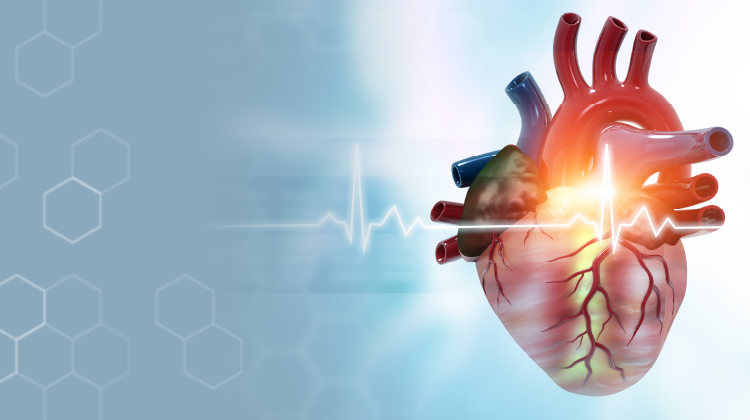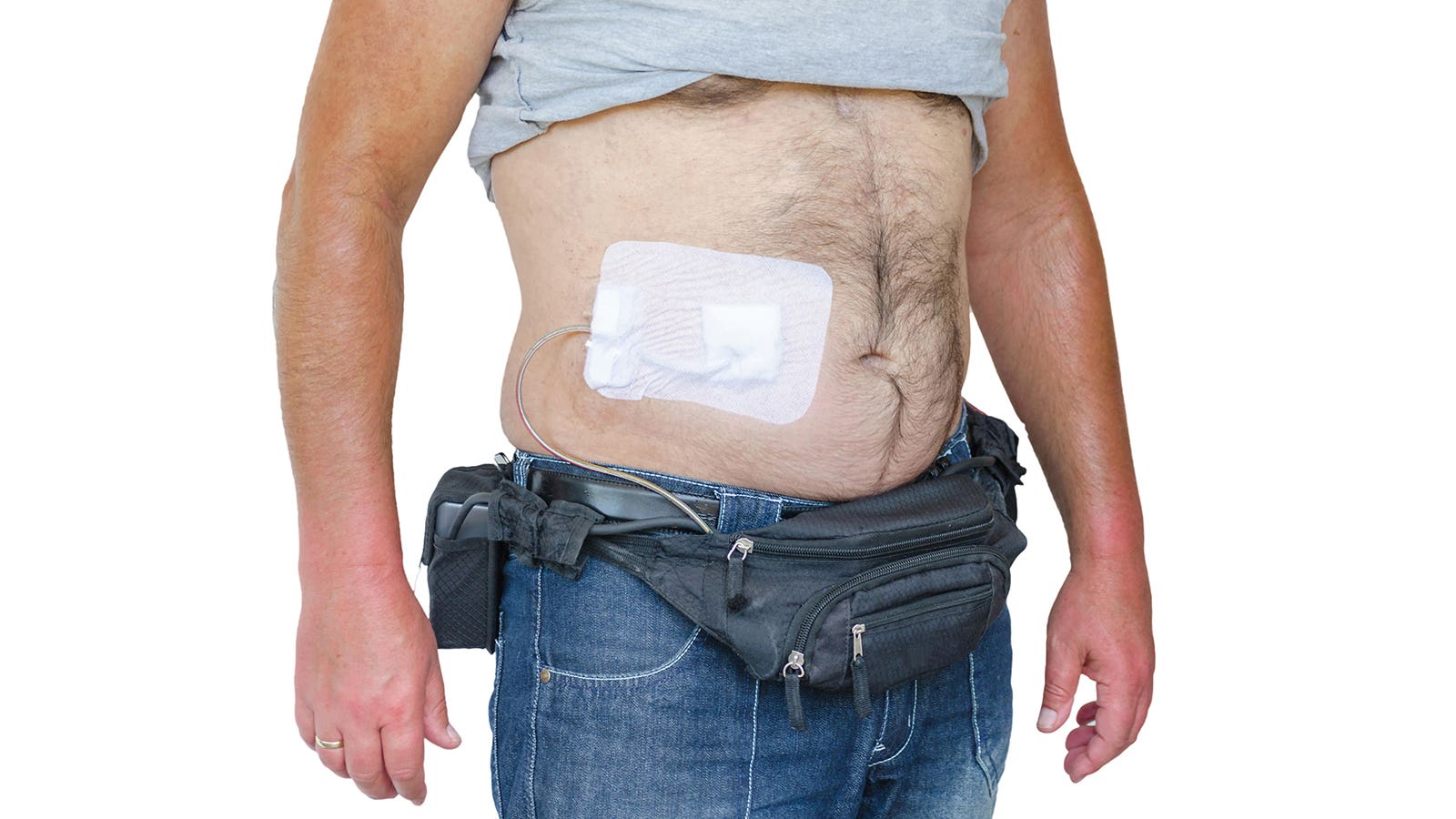Loading
As a heart transplant recipient, you’ll quickly find yourself being asked to take a laundry list of blood tests. While this can be inconvenient and frustrating, it’s also really important. Your doctor can’t tell what’s going on with your new heart by looking at you. Blood tests provide information on how well your heart is functioning and how your medications may be affecting your body. By reviewing the results, your physician may adjust medications, recommend changes to your diet or fluid intake, or recognize the need for additional examination.
But what are the specific tests and what is the purpose of each? With the help of Dr. Shelley Hall, Chief of Transplant Cardiology and Mechanical Support/Heart Failure at a large university medical center in the southern US, in this article we discuss:
– Complete blood count
– Comprehensive metabolic panel
– Infection testing
– Natriuretic peptide test
– Immunosuppressive drug levels
– Donor specific antibodies
– AlloMap® Heart
– AlloSure® Heart
Read more here.
Loading





